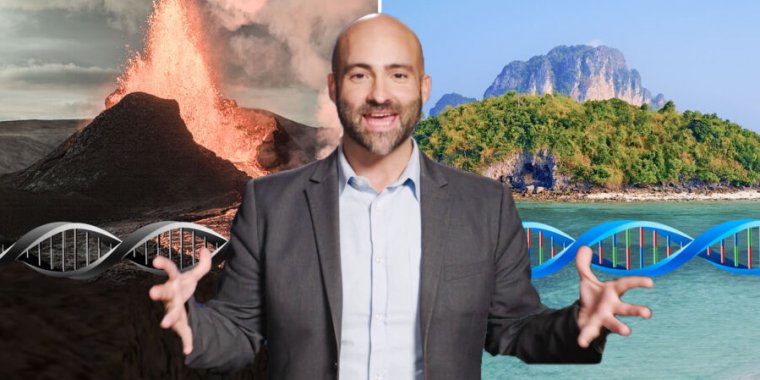After spending three episodes looking to the heavens—first at dark matter, then Mars, then black holes—our intrepid host Paul Sutter now turns his gaze to a more terrestrial topic: Why are we here?
And I don’t mean in a Nietzschean sense (and if it’s Nietzschean discussions you want, Ars Deputy Editor Nate Anderson has you covered in his upcoming book on Nietzsche!)—Paul’s question is much more physical. Why are we here, specifically—we complex, multicellular sentient beings made of gobs and gobs of proteins and self-replicating DNA? Why is life a thing? How, billions of years ago, did Earth go from a planet devoid of life to a planet festooned with it?
RNA, DNA, and all things in between
Like the previous topics explored in “Edge of Knowledge,” there’s no ready-made answer (if there were, it would be a much shorter video). Paul spends most of the video’s front half running us through the current predominant theories on where life came from and why it might have happened, and then calls on Ars Senior Science Editor Dr. John Timmer to go a little deeper. Timmer—whom most of us in the Orbiting HQ refer to as “Dr. Jay,” to the point where I’m always surprised to hear someone call him “John”—busts out his fancy PhD in molecular and cell biology and weighs in with his own theories on where and why life started on Earth.
We’re halfway through our “Edge of Knowledge” season, with four episodes in the can and four more to come—stay tuned!
Ars Technica may earn compensation for sales from links on this post through affiliate programs.








